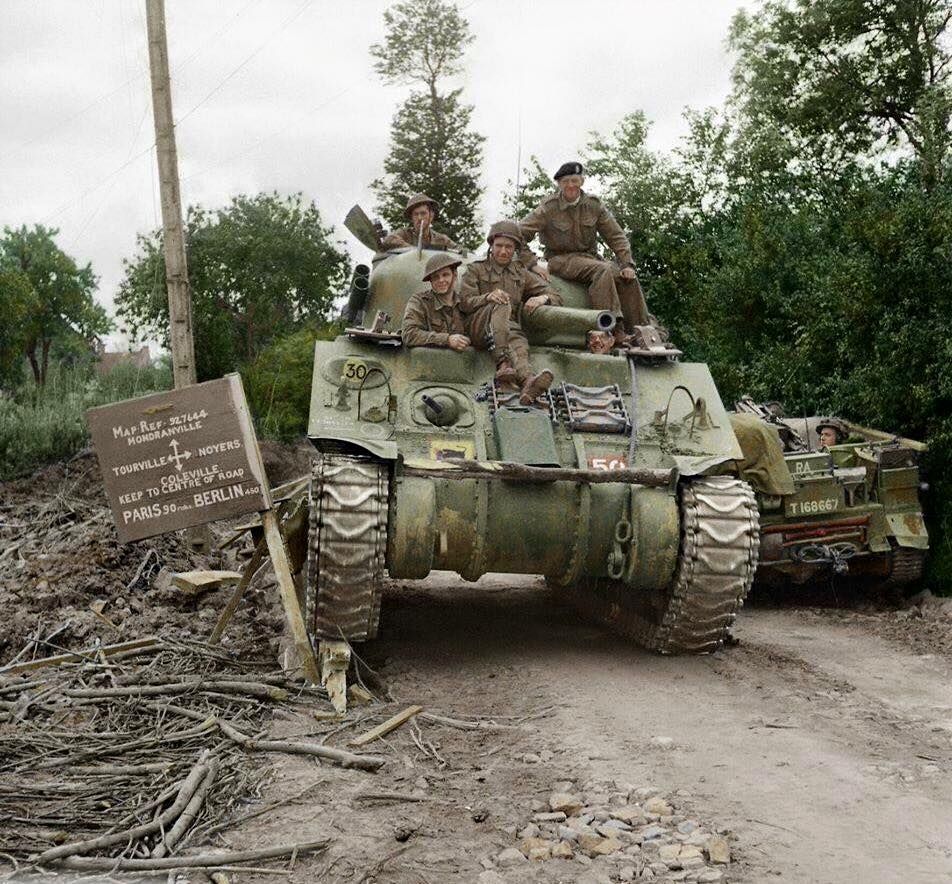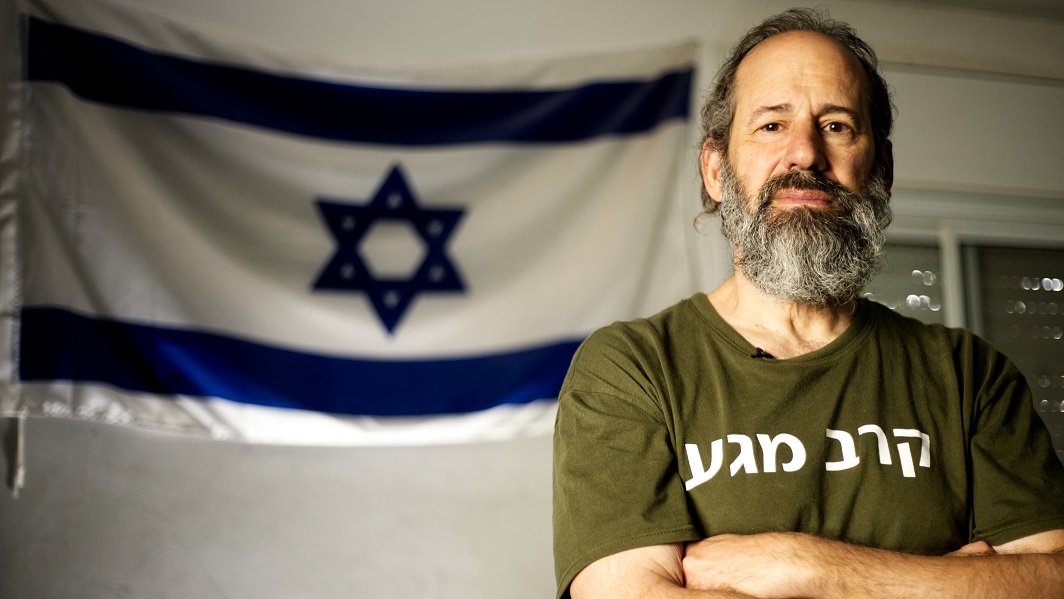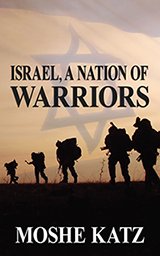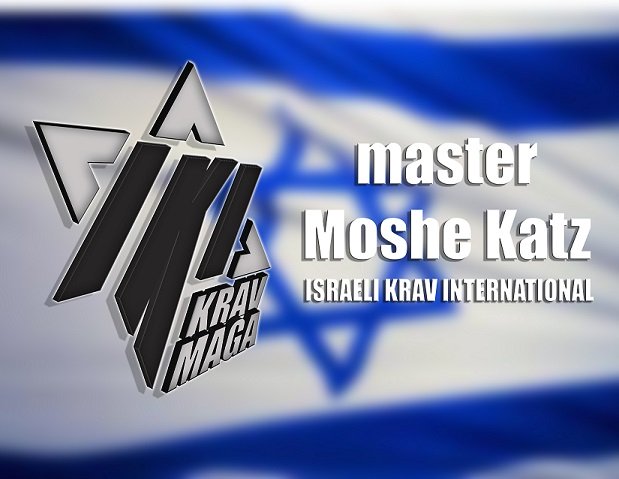- Home
- Krav Maga Blog
- Krav Instructors
- Train in Israel
- Tour Train Israel
- Krav Shop
- DVD
- Kickboxing
- IKI Near Me
- Seminars
- IKI Membership
- On-Line Training
- Krav Maga Training
- Testimonials
- History Krav Maga
- Instructors Page
- Past Blogs
- Spanish
- Italian
- Certification
- Contact
- Holland Seminar
- Vienna Seminar
- Poland Seminar
- Italy Seminar
- Belt Requirements
Krav Maga and Tank Lessons
BY MOSHE KATZ
CEO
ISRAELI KRAV INTERNATIONAL
December 29, 2022, Israel

The M4 Sherman, officially Medium Tank, M4, was the most widely used medium tank by the United States and Western Allies in World War II.
I have been studying the various tanks used by the combatants of World War Two, particularly the Russians, Germans, Americans, and French. It is a fascinating topic with a great deal to teach us about life and Krav Maga. To begin with, at the start of hostilities and even before, there was quite a debate as to whether or not the tank had any value war, and if so, what role would it play. Before the war most nations were not heavily investing in tank research. Some veteran generals still believed the cavalry to be a far better tool in combat. The cavalry can move faster, is more flexible and easier to manuever. The tank was slow and cumbersome. The value of the rank was debatable.
It is important to understand how the tank changed during the war years, both in terms of its build and its purposes. The tanks of 1945 were quite different from the tanks of 1939. It was a game of cat and mouse. At first the Germans were shocked by the Russian tanks, so they improved their anti-tank weapons and then they built new tanks built on the Russian model T 34. In turn the Russians had to adapt to the German anti-tank weapons and improve their own tanks as well. Thus, the tanks on both sides went through regular modifications.
Another factor that lead to changes and modifications was the reality of combat and the terrain. What looked good in the "lab", or in the "dojo" failed in the reality of combat. A tank that was deemed fast got stuck in the mud, had trouble moving through a thick forest, or was easily spotted by the enemy. The American Sherman tank was too tall and easily visible. It was a constant matter of having to "Rethink everything". and now you are beginning to see how tanks apply to life and Krav Maga self defense.
What I wish to focus on here is the balance between the different factors that go into designing and choosing a tank. The experts say, that, at least at that time, a tank by definition was a compromise. It was a matter of choosing the best option given the limitations of the time.
What are the factors that make a tank effective? I will go through what I know, in no particular order, and I am certainly not an expert.
Mobility - The early tanks were very slow. There were also issues of maneuverability, how fast they could turn, what angles they could take. Many could not fire their weapons while in motion. The Tiger 2 for example, was remarkably agile for such a heavy vehicle, but others were not. The heavier the tank, the more difficult to maneuver.
Suitability to the terrain - A tank is only as good as its suitability to the terrain. A tank that might be useful in the desert of Africa might not be as good in the mountains of Italy or the forests of Belgium. It would be costly to build new types of tanks, new designs, it was more expedient to upgrade and adapt the existing tanks. Again, we have a compromise, producing a new tank would be great but the cost and the time delay made that impractical.
Defensive Armor - A key factor was how thick the armor was on the tank. In the early years armor was light and soon the anti-tank weapons were able to destroy a tank easily. Gradually the armor on the newer tanks was made thicker and thicker. But this came at a cost. Not only was it more expensive and took longer to produce but the heavier weight meant compromising the speed of the tank. A lighter tank moves faster, a heavily armored tank moves more slowly. You could not have both.
Ammunition, and storage - Running out of ammunition in battle was pretty much the death knoll for any tank. Without ammunition they could not defend themsleves, and their speed and mobility were limited. Thus they were the classic sitting duck. While holding 90 shells might be the standard, many tank crews loaded about 120 shells, which meant that every spare inch of space was used. This made the tank heavier, and slower. It also made it very cramped and uncomfortable and difficult to move around. In addition, if a shell was hit by an enemy shell the entire crew could be burnt alive. Again, you can't have your cake and eat it as well. You have to make choices; you have to balance one need against the other. No choice will give you everything you want.
Spare parts, Repair - Another key factor in the quality or value of the tank is the ability to repair it under combat conditions. The American Sherman tank was a very simple design and could be repaired quickly under combat conditions. Other tanks did not fair well. They had to be towed, which was very difficult, or they had to wait a long time for spare parts. The German tanks in particular suffered from these problems. As we all know a vehicle only needs to be missing one crucial part to render it useless.
Cost - The German tanks were more expensive, and thus they could produce less of them. The American tanks were less expensive and could be produced in mass. Of course the USA also had a much larger economy and was safe from enemy bombings. Close to 50,000 Sherman tanks were produced from 1941-45.
Complexity or Simplicity of design - The German Tiger tanks, in particular the Tiger II, Panzerkampfwagen Tiger Ausf. B, were complex. As such they broke down more easily, took longer to repair. The American Sherman and the Russian T - 34 were simpler and easier to repair. Many Tiger 2 tanks broke down before they could be used in combat, the tanks suffered from various mechanical breakdowns; the cooling system was insufficient for the excessively hot weather, where the engine tended to overheat and cause a consequential failure of the gearbox.
Armor sloping, Thickness - Sloped armor is armor that is oriented neither vertically nor horizontally. Such angled armor is typically mounted on tanks. Th type of armor was a major factor. Again, thicker armor meant a heavier slower tank, but safer. The Russians came up with the design of the sloped angle, rather than a straight barrier. This improved its defense against anti-tank weapons.
Multi-Function - There were shells designed to penerate armor or buildings. But these were useless against infantry.
Quality of the Hull - The hull could be made of pieces of metal or of one solid piece. The rivets, or plates, or other various parts were also a factor. Often a choice had to be made between quality and expediency. Yes, a stronger tank was safer for the crew, but getting as many tanks out as possible, as fast as possible, was crucial for winning the war. How soon the tanks reached the battlefield, and in what quantity, was often more important than the quality of each individual tank. For example, the USA considered a heavy tank to match the German Tiger-2 but the factories were not set up for it. Changing the factories in order to produce this heavier tank would come at the cost of the mass production of the Medium sized Sherman tanks. The choice was made to go with the small tank because the factories were already set up with it. Again, compromises.
Engine - I am not an expert on engines but again, compromises had to be made, type of engine, type of fuel, cost etc.
Drivers' hatchet, visibility - The tank commander needs to see what was going on all around the tank. However, the more visible the tank commander, the more likely and easily he could be shot. I had a student who opened the hatchet to adjust the sights and was instantly shot by an Arab sniper. In World War Two the debate was on the size and position of the hatchet, again, the greater you can see, the greater you can be seen. It works both ways. In the 1973 Yom Kippur War, the Syrian tank commanders were afraid to stick their heads out, this cost them dearly in terms of their effectives. Again, it is a tradeoff, the greater risk, the greater the reward.
Guns - Size of the barrel, machine guns on the tank to protect against infantry.
Tracks - Thicker tracks are necessary for rough terrain but that also slows down the tank.
Speed - While speed is important, the weight of the armor, the tracks, the weight of the ammunition, all these are factors.
Summary - Under the stress and complexity of war many factors had to be considered; capability, versatility, cost, strength, speed, crew required, complexity of design. In the end the American chose simple but effective tanks that could be produced in mass. The Germans had more complex tanks. The French had great tanks but they ended up falling into the hands of the Germans who made excellent use of them. The Russian tanks were simple, powerful and effective but eventually ran into trouble against improved German tanks and anti-tank weapons.
Krav Maga Application
Very clear, I hope. We need to compromise; we need to find a balance. We need to constantly adapt and improve. We need to be useful for all terrains, and all types of people, and situations. We might find a fantastic technique from...White Eyebrow Gung Fu, but it takes years to learn. We might find a great technique form Kook Sul Won, but it requires great flexibility. In the end everything must be balanced, weighed and considered: Like the tank we need something simple and effective, something that can be "Mass produced", a "tank that is easy to handle, not too complex, does not break down in combat". We need to constantly adapt based on lesson learned in combat, in the field. Many tanks looked great in production but on the field many failures were discovered.
That is what we aim to achieve with IKI, a system that works under difficult and diverse terrain. A system for all (good decent) people.

Moshe Katz, 7th dan Black Belt, Israeli Krav Maga. Certified by Wingate Institute. Member Black Belt hall of fame, USA and Europe.
Understand the Israeli Fighting Mentality - Israel a Nation of Warriors by Moshe Katz

What is the cultural background of Krav Maga? What makes it unique? What makes the Israeli military so effective? Why are Israeli security systems used all over the world?
What are the Biblical origins of Krav Maga and who was the first Krav Maga instructor?
What weapons and military strategies did our Biblical ancestors use?
How has Krav Maga developed in Israel and what are its goals?
All that and more in this unique book.
Start Your REAL Training TODAY
Or is someone coming to save you?
IKI Krav Maga online distance training - Leading to ranks and certification.
Tour and Train Israel Experience
Personal Training - If you are interested in personal Krav Maga training please contact us on the form below.
